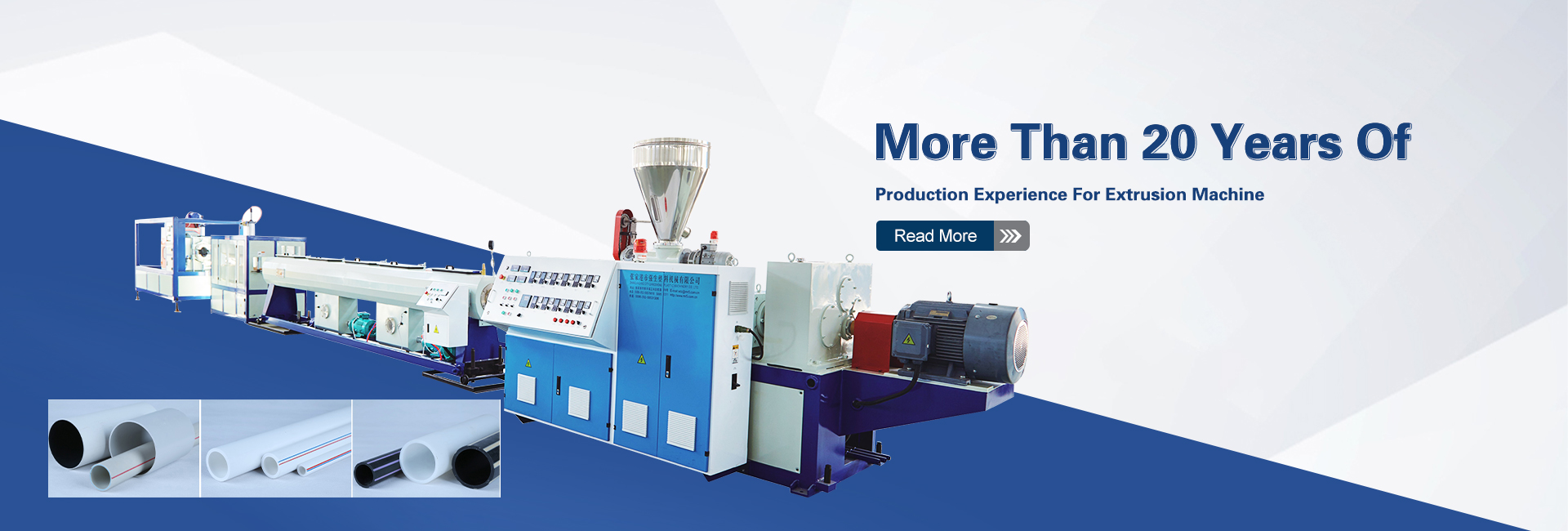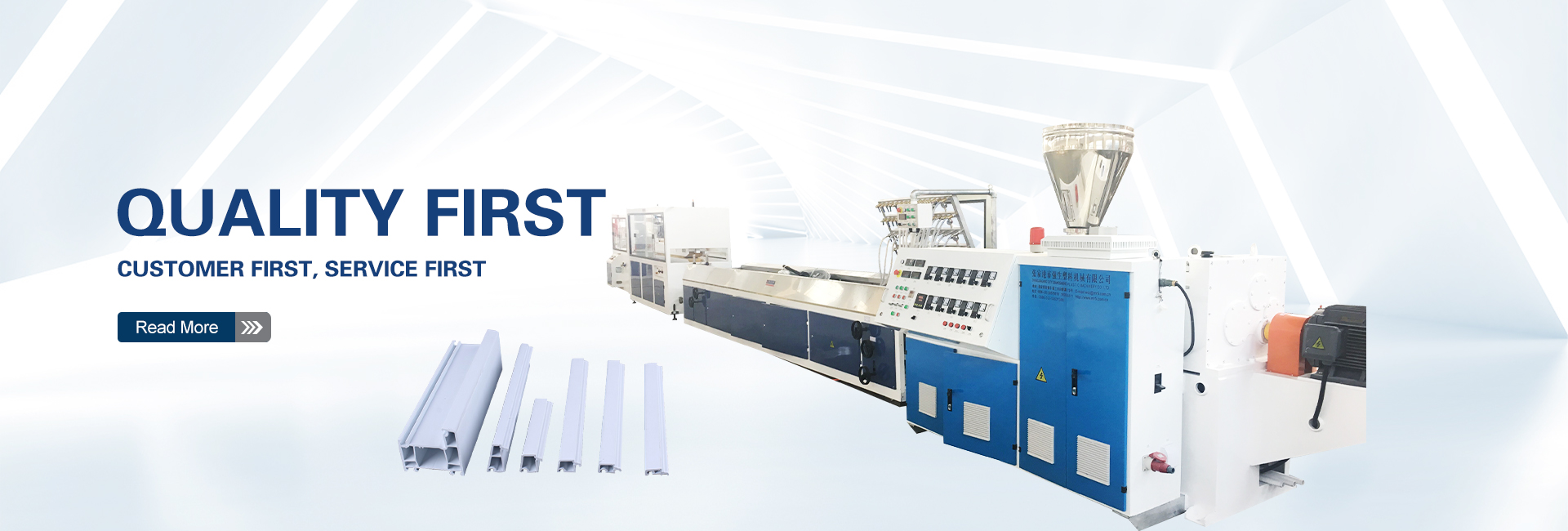Polyvinyl Chloride (PVC), commonly known as polyvinyl, is a versatile thermoplastic polymer that has become an essential material in various industries due to its unique properties and cost-effectiveness. In this blog post, we will discuss the manufacturing process of PVC and its diverse range of applications, highlighting the role of our Plastic Profile Extrusion Line in producing high-quality PVC products.
The Production Process of PVC:
1. Raw Material Preparation: The production of PVC begins with the synthesis of vinyl chloride monomer (VCM), which is achieved through the reaction of ethylene, chlorine, and oxygen over a catalyst.
2. Polymerization: VCM is then converted into PVC through a polymerization process, where the monomers are chemically linked together to form long chains. This can be done using either suspension, emulsion, or mass polymerization techniques, depending on the desired properties of the final product.
3. Compounding: After polymerization, additives such as stabilizers, lubricants, fillers, and plasticizers are mixed with the PVC to enhance its properties and performance characteristics. This step is crucial in tailoring the PVC for specific applications.
4. Extrusion: The compounded PVC is then fed into an extruder, where it is melted and forced through a die to create a continuous profile. Our Plastic Profile Extrusion Line plays a vital role in this step, allowing for the production of uniform PVC profiles with precise dimensions and smooth surfaces.
5. Cooling and Cutting: The extruded PVC profile is cooled to solidify its shape before being cut to the desired length, completing the manufacturing process.
Uses of PVC:
PVC’s versatility makes it suitable for a wide range of applications, including:
1. Building and Construction: PVC is used in window profiles, door frames, sidings, pipes, and fittings due to its durability and low maintenance requirements.
2. Wire and Cable Insulation: PVC’s electrical insulating properties make it ideal for use as wire and cable insulation in various electrical applications.
3. Medical Devices: Sterilized PVC is used in the production of medical devices, tubing, and packaging due to its compatibility with medical fluids and ease of sterilization.
4. Personal Care and Fashion: PVC is used in the production of clothing, footwear, luggage, and other personal accessories, offering a combination of style and functionality.
5. Packaging: Rigid PVC sheets are often used for blister packaging, providing protection and visibility for products displayed on retail shelves.
At Qiangsheng, we specialize in manufacturing high-quality plastic extrusion machinery, including our state-of-the-art Plastic Profile Extrusion Line. Our machines are designed to provide maximum efficiency, precision, and reliability, ensuring that our customers can produce PVC products of consistent quality and superior performance.
In conclusion, PVC is a widely used polymer with diverse applications across various industries. By utilizing our advanced Plastic Profile Extrusion Line, manufacturers can efficiently produce PVC products with tailored properties and superior quality.
If you have any questions about PVC or are interested in our Plastic Profile Extrusion Line, please feel free to visit our website at https://www.qiangshengplas.com/ or contact us directly. We are committed to providing top-quality equipment and exceptional customer service to help you achieve your production goals.
Post time: Apr-24-2024



